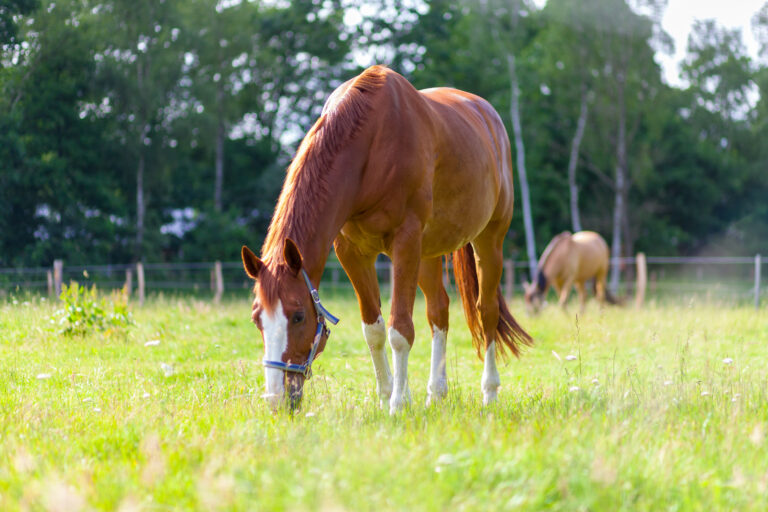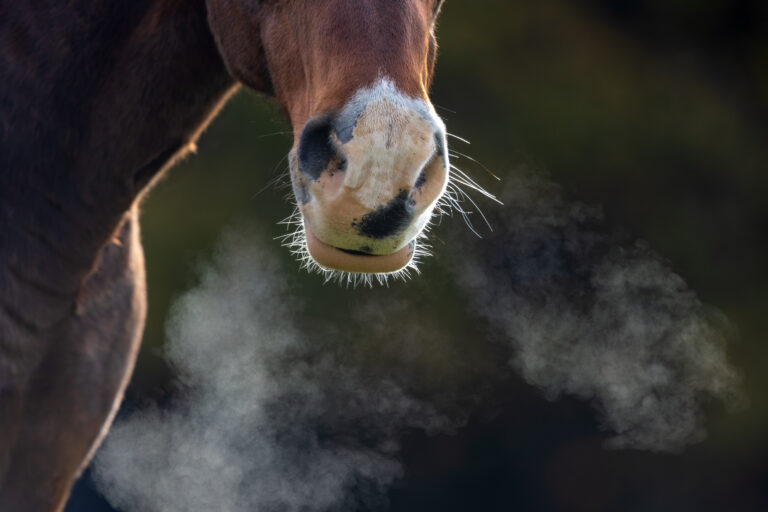
Editor’s note: This article first appeared in the November/December 2017 EquiManagement magazine prior to the AAEP Convention in San Antonio, Texas.
Recreational horse owners, trainers and competitors rely on veterinarians to keep their horses healthy and sound. To the horse owner, veterinarians are the miracle workers who heal a sick horse and rehab an injured mount. Veterinarians are the doctors who administer vaccines, offer nutritional consultations, prevent sickness and so much more.
Clients likely have countless adjectives to describe the veterinarian(s) they trust. However, with the focus on customer service and a commitment to animal welfare, “who” equine veterinarians are is not often highlighted. By “who,” we mean their demographics.
Statistics from the United States Department of Labor (DOL), the American Veterinary Medical Association (AVMA) and the Association of American Equine Practitioners (AAEP) shed light on who today’s veterinarians are based on age, gender, specialty and other demographics.
Recently, the AAEP and the AVMA conducted a joint economic survey. The full report will include detailed demographics and predictions for the future of the industry. If you’re headed to the AAEP Annual Convention this December in San Antonio, Texas, you can attend a session devoted to the topic.
“The plan is to have the AVMA present the results at our convention,” said Sally Baker, director of marketing and public relations for the AAEP.
Until then, the information available in the AAEP’s Annual Report and the AVMA’s website provides an inside look into who today’s veterinarians are. The demographic information from AAEP is based on 7,787 members and 1,462 veterinary students located in the U.S., Canada and 62 other countries. The statistics from the AVMA include veterinarians that treat all species of animals.
In this article, we’ll give you a sneak peek at the picture painted by statistics from these three sources.
Gender
At one time, men far outnumbered women in the field. Today, the number is nearly equal. In its 2016 Annual Report, the AAEP noted that 51% of its membership was male and 49% female.
“Membership is more balanced between male and female in 2017, reflecting the increase in female veterinarians in the profession,” said Baker.
Similarly, reports on the AVMA’s website indicate that the gender gap in terms of the percentage of male and female equine veterinarians is nearly zero. In data from 2016, based on its membership base of equine veterinarians, 50.6% were male and 49.4% female—percentages that nearly mirror those of the AAEP. As a subset of all veterinarians that belong to the AVMA (68,213), only 5.7% (3,920) specialize in serving equine clients.
Age
Based on the age distribution of AAEP members, there appears to be a steady stream of young professionals coming up through the ranks to keep pace with mid-career and retiring veterinarians.
29 or less……………………………………….9.4%
30–39…………………………………………..26.1%
40–49………………………………………….18.4%
50–59…………………………………………..19.0%
60–69………………………………………….18.7%
70 and over……………………………………4.0%
The AVMA website reports that approximately 30,000 students graduate from all types of colleges of veterinary medicine each year. Class size at veterinary schools across the country has risen by an average of 1.8% a year for the last 30 years. That statistic is based on all types of veterinary medicine and is not limited to the equine medicine.
The United States Department of Labor (DOL) predicts faster-than-average job growth in the coming decade. For the general category of veterinarians, not specific to horses, DOL also projects a 9% increase in job growth from 2014- 2024, translating to an additional 6,900 veterinarians by 2024. That is considered faster than average when compared with other industries.
In May 2016, the DOL reported that the median annual wage for veterinarians was $88,770.
Geographic Location
Not surprisingly, equine veterinarians are concentrated in areas with high horse populations.
“The states with the largest horse populations also have the largest number of AAEP members,” Baker said.
According to AAEP membership records, the highest percentage of member veterinarians outside of North America Within the United States, California, Texas and Florida have the highest number of equine veterinarians. In other states, horse ownership is strong, providing a multitude of opportunities for veterinarians seeking employment or starting a practice. The American Horse Council estimates that 45 of 50 states have at least 20,000 horses.
According to the AVMA, there is a geographical shortage of veterinarians in some mostly rural areas that varies by state. In May 2012, the National Research Council (NRC) of the National Academies released a report that concluded that there are sectors of unmet need for veterinarians, but the researchers found little evidence of current, widespread workforce shortages.
Percentage of Practice Devoted to Horses
In the days of veterinarian-turned-author James Herriot (James Wight), veterinarians treated any animal at a client’s farm, from horses and cattle to sheep, pigs and more. Even into the 1990s, large animal practices, particularly in rural areas, served a variety of species. As time has passed, specialization has become more common.
Today, nearly half of of AAEP’s members (45.5%) solely provide care to horses. About 21% of the association’s members operate practices in which three-quarters of the case load is dedicated to equines. A combined total of 16.8% of members say their practices are between 25% and 50% equine focused.
“Within our membership, most diplomates are either ACVIM (internal medicine), ACVS (surgery) or ACT (reproduction),” Baker said.
Although discipline-specific statistics were not readily available, AAEP records indicate percentages of its members who serve different aspects of the industry. About 30% focus on performance horses and nearly 30% largely serve pleasure/farm clients. Reproduction is the focus for 11.7% of members, with racing the focus of 10.8%. “Other” and “ranch” totaled a combined 9.6%.
Owners vs. Employees
Considering the makeup of equine veterinary practices, those classified as Practice Owner-Sole Proprietor clinics constitute 37.5% of AAEP’s membership base. Another 14.9% of the association’s members are Associate Practice Owner-Partnership. Those working as educators and/or in other academic roles represent 5.3%, with interns 3.4%.
Future Opportunities
Findings from the recently released U.S. Department of Agriculture’s National Animal Health Monitoring System’s (NAHMS) Equine 2015 study showed that the overwhelming majority of horse owners (79.8%) rely on veterinarians as a source of information when making health care decisions. Nearly the same percentage of survey respondents indicated having veterinarians visit their facilities at least once in the previous 12-month period.
“Veterinarians were relied on not only for health care information, but also for the services they provide,” noted the NAHMS Equine 2015 Study.
When compared with veterinarians who serve other types of animals, equine veterinarians are a modest group statistically. However, demand for their services is strong, and there are numerous opportunities for expanding one’s practice.
“Study results revealed the potential for growth in the services provided by veterinarians, such as herd consultations in nutrition, biosecurity assessments for large operations and nearly all services for small operations,” noted the NAHMS Equine 2015 Study.
Baker added that for AAEP members, “Dentistry and senior horse care have been growing service areas within equine practices.”
While the economic downturn significantly dampened the horse industry, the American Horse Council estimates that there are 9.2 million horses in the United States. That population contributes $39 billion in direct economic impact to the U.S. economy, and when indirect and induced spending are included, the industry’s economic impact reaches $102 billion.
Veterinarians are an important part of that equation, providing care and contributing to the strong economic impact.









